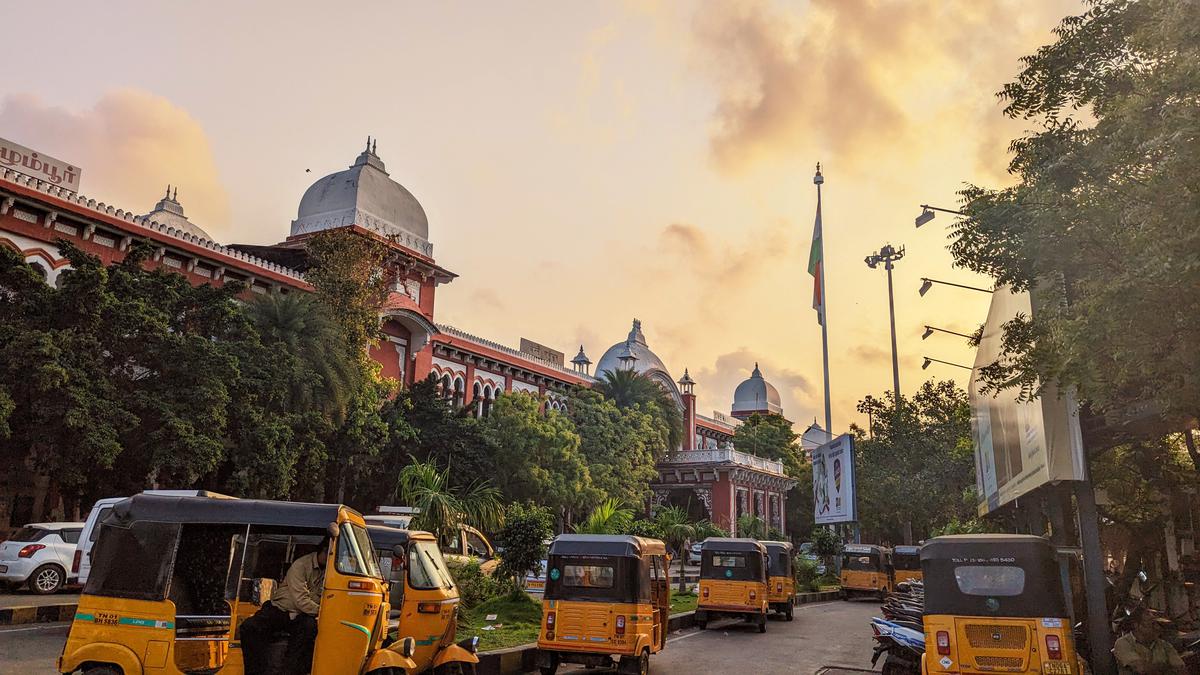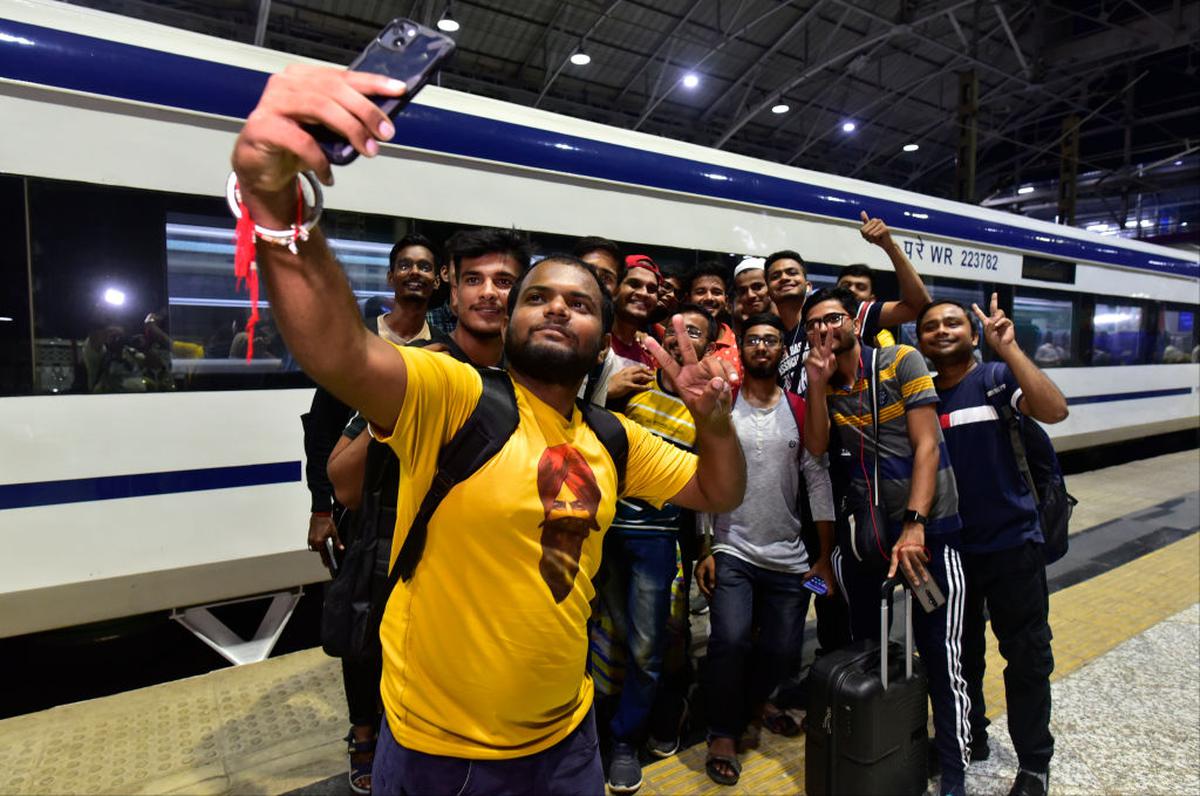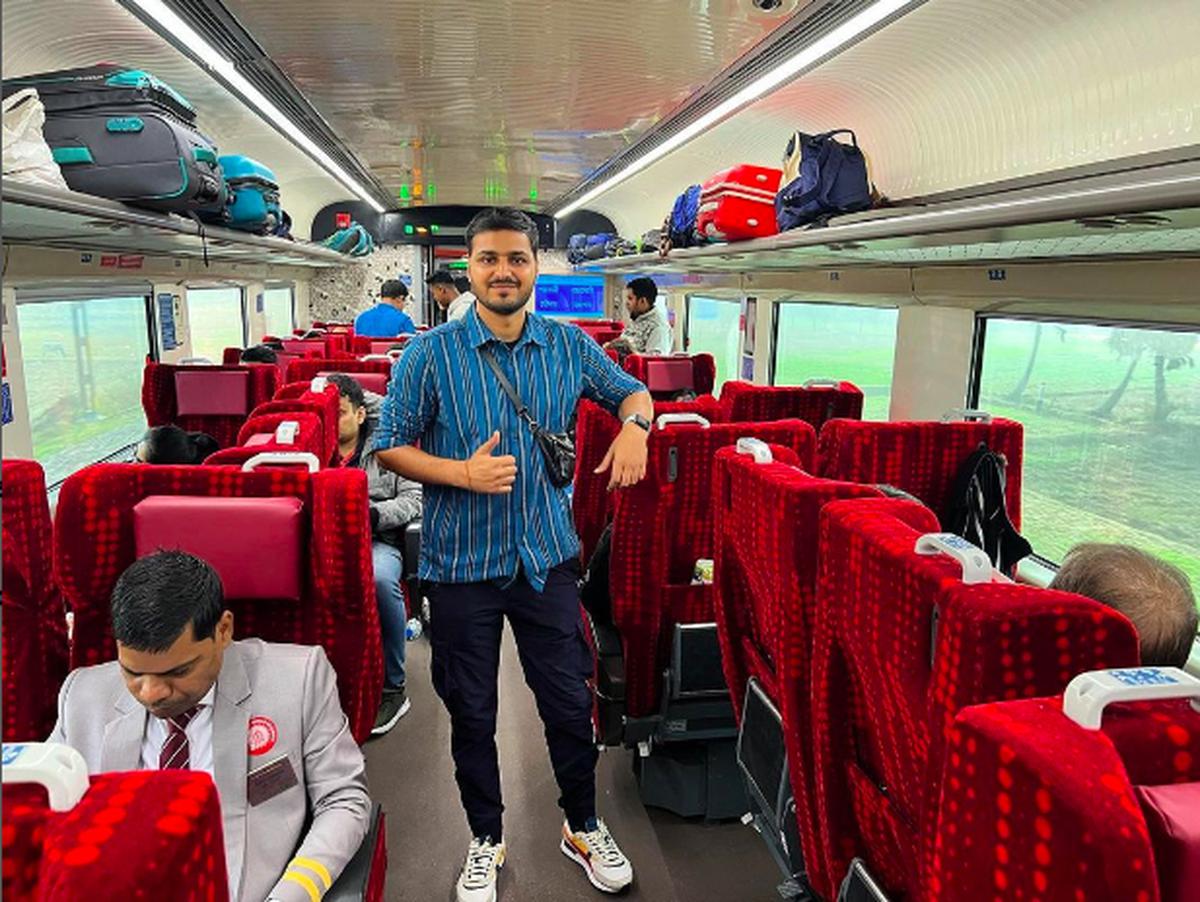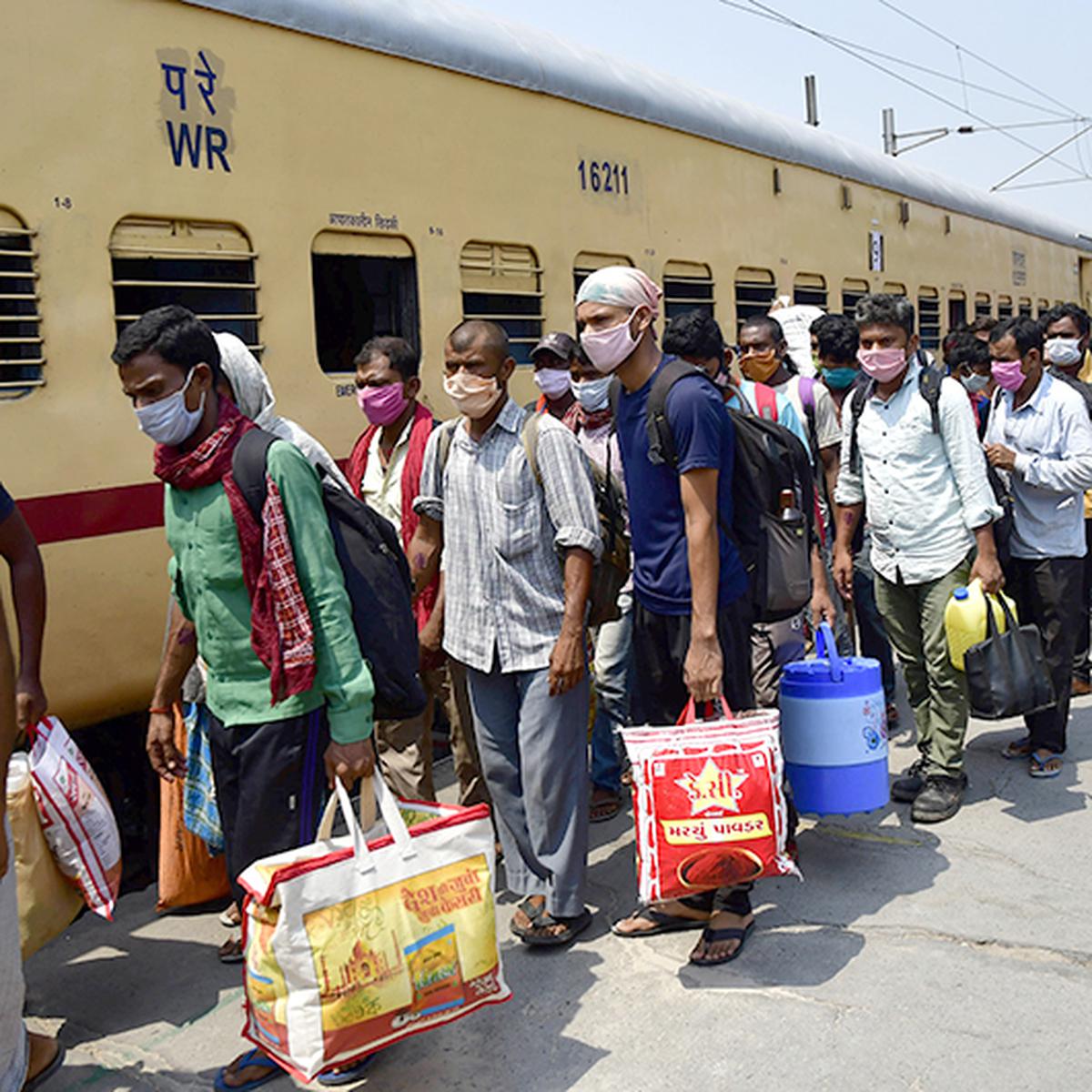Amid swanky Vande Bharat trains and calls to preserve rail heritage, the question is: who does the Indian Railways actually cater to?

The Chennai-Coimbatore Vande Bharat Express which was flagged off by Prime Minister Narendra Modi on April 8.
| Photo Credit: Venkatachalapathy C.

The Indian Railways turns 170 on April 16. Forever India’s favourite carrier, the railways are as much at a crossroads today as the rest of India — reconciling the trials and tribulations of the past with a future reckoning.
Perhaps the most striking symbols of Indian Railways in the current zeitgeist are the talismanic Vande Bharat Express trains. Much of this modernisation contributes to passenger comfort, but sometimes it also leads to a spectacularly short-sighted loss of beauty and cultural heritage.
In cities across India, colonial-era station buildings, many of which are a syncretic mix of local culture and European styles — such as Kacheguda in Hyderabad and Egmore in Chennai — are set for modernisation that will almost certainly produce drab, mall-like monoliths.

Kacheguda station in Hyderabad is one among the 1,275 railway stations slated for redevelopment under the Amrit Bharat scheme.
| Photo Credit:
Kartik T.

Egmore station in Chennai will be redeveloped at a cost of ₹734 crore.
| Photo Credit:
Kartik T.
On April 8, the Prime Minister laid the foundation stone for the redevelopment of Secunderabad Railway Station at a cost of about ₹720 crore. Around the country, 1,275 railway stations are slated for redevelopment under the Amrit Bharat scheme.
The modernisation of railway facilities is a necessary imperative but one that has created debate for decades. When the original Beaux-Arts-style building of New York’s famous Pennsylvania (Penn) Station was demolished in 1963, there was much regret and consternation. Art historian Vincent Scully lamented: “One entered the city like a god; one scuttles in now like a rat.” My abiding fear is that the rush of modernisation coming for our classic railway heritage structures is similar: short-sighted uniform design choices that are justified at every turn as “function over form”, which leave us bereft of a unique legacy.
Rail vloggers and influencers

A group of rail vloggers pose next to the Gandhinagar-Mumbai Vande Bharat Express at Mumbai Central, September 30, 2022.
| Photo Credit:
Getty Images
Determined to document for posterity the glory of our railways, and also highlight their modern-day progress, a new crop of travellers and influencers has jumped on the social travel bandwagon. With the rise in popularity of social media platforms and unfettered Internet bandwidth, these young video bloggers (vloggers) and rail influencers are using trains to take vicarious travel to the huddled masses.
Viewership and engagement with such efforts increased exponentially during the pandemic as audiences starved of travel and outdoor experiences tuned in en masse to YouTube and Instagram to fulfill their wanderlust.

Vishwajeet Singh Monu of VS Monu Vlogs makes Hindi language content travelling in trains to various destinations in India.
| Photo Credit:
VS Monu Vlogs
These vloggers and influencers now cater to disparate and esoteric tastes. Vishwajeet Singh Monu ( VS Monu Vlogs) is the influencer from the heartland who makes Hindi language content travelling in the unreserved compartment of passenger trains one week, and in the AC class of premium trains the next. Here, aspiration is the USP. There are also channels for the more technically inclined, which describe the workings and mechanism of rail technology in layman’s terms.
Some like vlogger Chinmay Kole hawk entire train journeys with no additional commentary: just the sights and sounds of travelling on a train, beamed for your edification into your living room and your mobile phone. And there is an increasing cohort of women rail vloggers and influencers, a welcome trend pointing to the all-round appeal of the railways.
Trains vs. flights
The social travel phenomenon is reflective of a much larger reality: Indian trains have been, and always will be, inextricably linked with the lived realities of people. But who should the massive organisation really cater to? Perhaps they are for the business and luxury traveller, who with the proliferation of affordable air travel is taking more often and more naturally to the skies?
In this scenario, it is possible that premium trains are increasingly relegated to operating between nearby cities, winning out over the hassle of airport commutes and security protocols while providing seamless door-to-door connections thanks to modern urban transit systems.
Or perhaps the rail network should serve the itinerant migrant populations that move between parts of the country seasonally. The railways were witness, via the Shramik Special trains, to millions of migrant workers making their way back home by any means possible during the COVID-19 lockdown in 2020. The conditions outside stations and inside the trains were appalling and unsafe, but there was no alternative for this group that suddenly found itself without jobs or an income at the height of the pandemic.

During the 2020 lockdown, Shramik Special trains were used by migrant workers to travel home.
| Photo Credit:
Ranjeet Kumar
Composer Vishal Dadlani noted on Twitter: “Migrant workers, most of whom have not earned a penny during lockdown, are being asked to pay for railway tickets to get to their homes.” In the coming years, these questions will remain: can the Indian Railways make such journeys less arduous and dangerous? Will railways ministers undertake inspection tours of overcrowded unreserved compartments, in addition to their well-publicised tours of Vande Bharat trains?
Or, conceitedly, are Indian trains for the enthusiasts and rail fans like me, who seek an appropriate preservation of the past while awaiting the future with a combination of excitement and trepidation? We cannot be sure of all the answers, but one thing is certain: the grand story of the Indian Railways — one that has spanned nearly two centuries now — will continue, inextricably linked with the fate and fortunes of India.
The writer is a research scientist whose first love is trains and the Indian Railways.
For all the latest business News Click Here
